I decided to purchase a one-way pager, a programmer, and a paging subscription to satisfy my curiosity about pagers.

In this post, I am explaining my thought process and describing some of what I have learned about how pagers work. This is especially relevant to the national paging network in the Netherlands, but hopefully others also find it interesting.
The cellular network
Cellphones give us the ability to reach others and to remain reachable regardless of our location if within a network's coverage. The network infrastructure is continuously evolving in ways that make it more efficient, secure, and reliable.
One way that the network becomes more efficient is by improving its device tracking abilities to reduce the amount of radio broadcasting resources needed to deliver data to the recipient. Security and reliability are improved by having two-way communication between the network and devices such that devices can be authenticated, data correctly encrypted, and message delivery confirmed.
A participant within this network must accept one or more of their device's unique identifiers (at the very least the IMSI, often also the IMEI) is associated with an approximate location.
Since I do not want to accept these terms, I do not carry a phone with a SIM card on me.
A burner phone and an emergency pre-paid SIM card gives me the opportunity to connect to the network in the case that I need to contact someone immediately.
However, this does not give the opportunity to others to reach me in the case that they need me or worry about me. This is not common, but there have been cases in which being reachable would have been good.
LoRa / Meshtastic
Last year I learned about LoRa radios and the Meshtastic network implementation. These devices allow one to send encrypted messages directly between devices. The range is decent, especially if there is a line-of-sight between devices. With Meshtastic it is possible to create a network of nodes that route messages, and to make use of tunnels over the internet to connect nodes that are very far apart.
So far, my favorite use-cases for Meshtastic are communicating with my partner as I approach an area to meet them, communication during festivals/events, and when travelling in a small town or camping.
It is a great tool in some contexts, but I cannot be reliably reached with it.
The Pager
I am currently living in the Netherlands and so what I say is most relevant to the Dutch paging network 'KPN Nationaal 3'. Messages are broadcast using POCSAG 1200 at 172.450 MHz. I know that the situation with paging networks vary across the world, with paging networks being no longer available in many countries, but I don't know the details. It may be that the system here is rather special and unique.
The paging network is considered a legacy broadcasting system. Messages to the network are broadcast by transmitters distributed across the full coverage range. The message that is broadcast contains the RIC (Receiver Identify Code) and the message in plain text.
Anyone with an SDR (Software Defined Radio) device can decode and log all of the unencrypted messages. Here is an example using SDRConnect + multimon-ng:

Using a programming interface, a user can select the RIC codes that they want their network-tuned pager to be responsive to. The pager will beep and display on the screen messages sent to that RIC. In my case, the seller of the pager assigned a new RIC from their pool to me and programmed the pager to listen to it.

A pager does not have a built-in transmitter, and so it does not reveal any information to the network.
A subscription to the paging network works the following way:
- You get assigned your own 'RIC', which is publicly broadcast with every message
- You get assigned a private number (0665xxxxxx)
- While your subscription is active, you send an SMS or an e-mail to a specific address with your private number + message, and the network provider will broadcast it with the RIC as the recipient.
Then, anyone who knows your private number is able to reach a pager listening to your RIC. The public RIC is not enough information to request a message to be sent to you.
Registering to the network has a monthly cost (typical current pricing of 8 € - 20 €) depending on whether you want to be able to recieve text messages, numeric messages, or only make the pager beep. Your identity and banking information are known to the network provider. I was able to register as an individual without needing to provide any company information. I had to fill-in a short form and send it over e-mail with a photo of an ID to register.
So:
- The network provider knows your identity
- The service has a monthly cost
- The unencrypted message content, when they are sent, and the recipient's RIC are public information
- The network does not confirm delivery
- Inefficient for the network (all transmitters broadcast every message)
- Being a legacy system, the network may not remain alive for too long
But:
- It is possible to reach you at all times without needing to broadcast your location to the network
The pager is a technology that I looked at early on when I started thinking about privacy and I quickly discarded the idea. Giving my identity to a network provider and broadcasting unencrypted messages publicly did not seem logical to me.
Today, I see the value of having a receive-only device that is supported by a network with national coverage. A paging message would contain only enough information for me to know how urgently I need to find a way to communicate - whether I need to activate the burner phone immediately, or whether I can spend some time to go find another way to communicate.
For me, it was a pleasant surprise to discover that this legacy system fills the specific gap of reachability without tracking.
I also recently became aware of the existence of paging networks that rely on volunteer HAM radio operators (like DAPNET), and would like to explore these systems in the future.


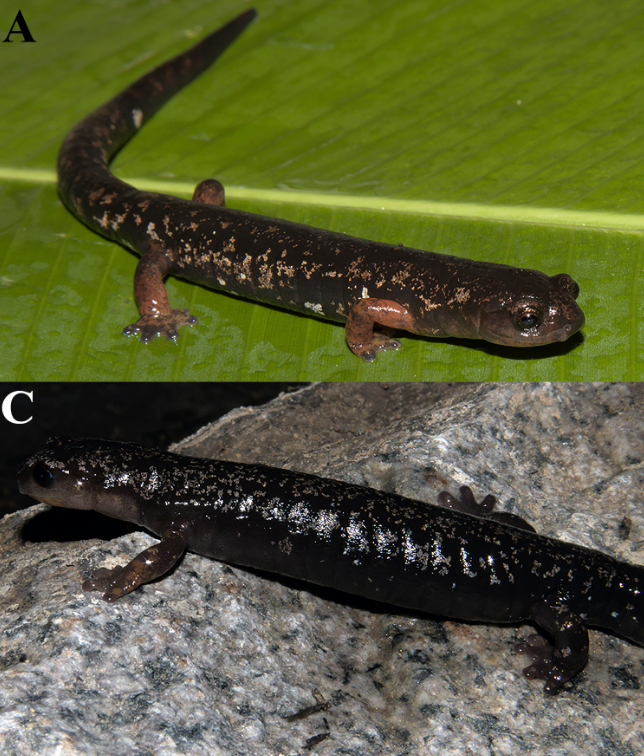

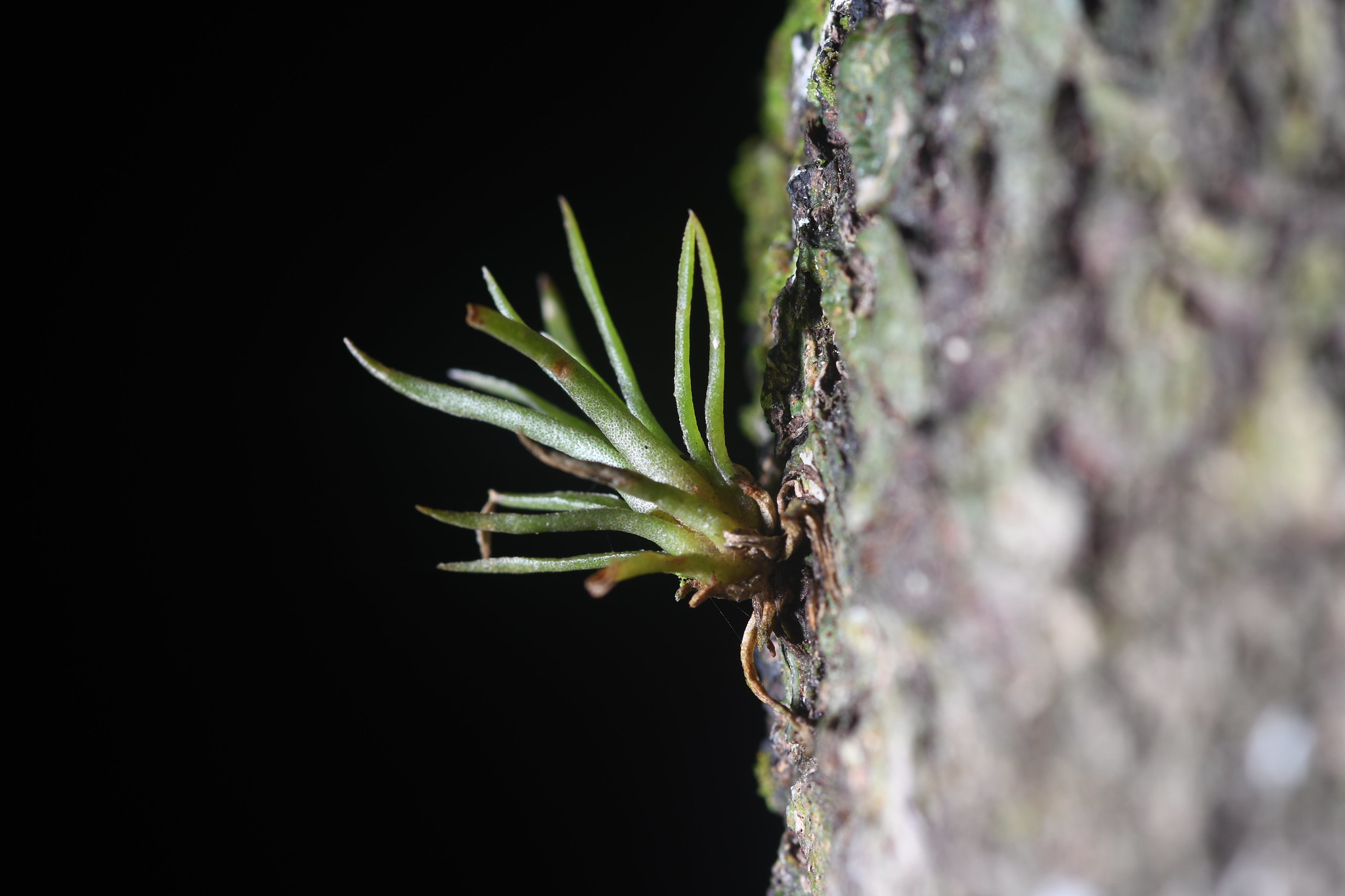






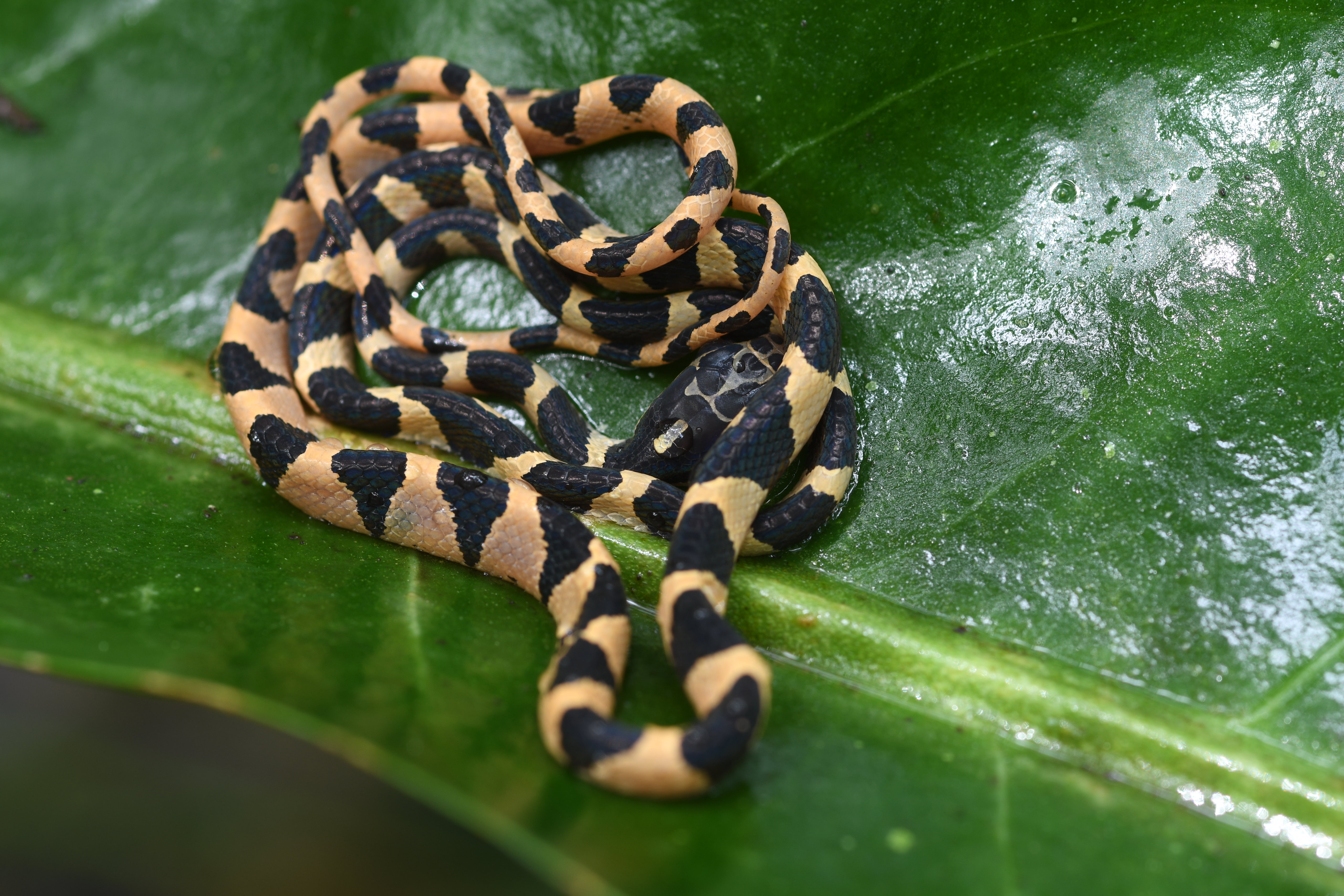
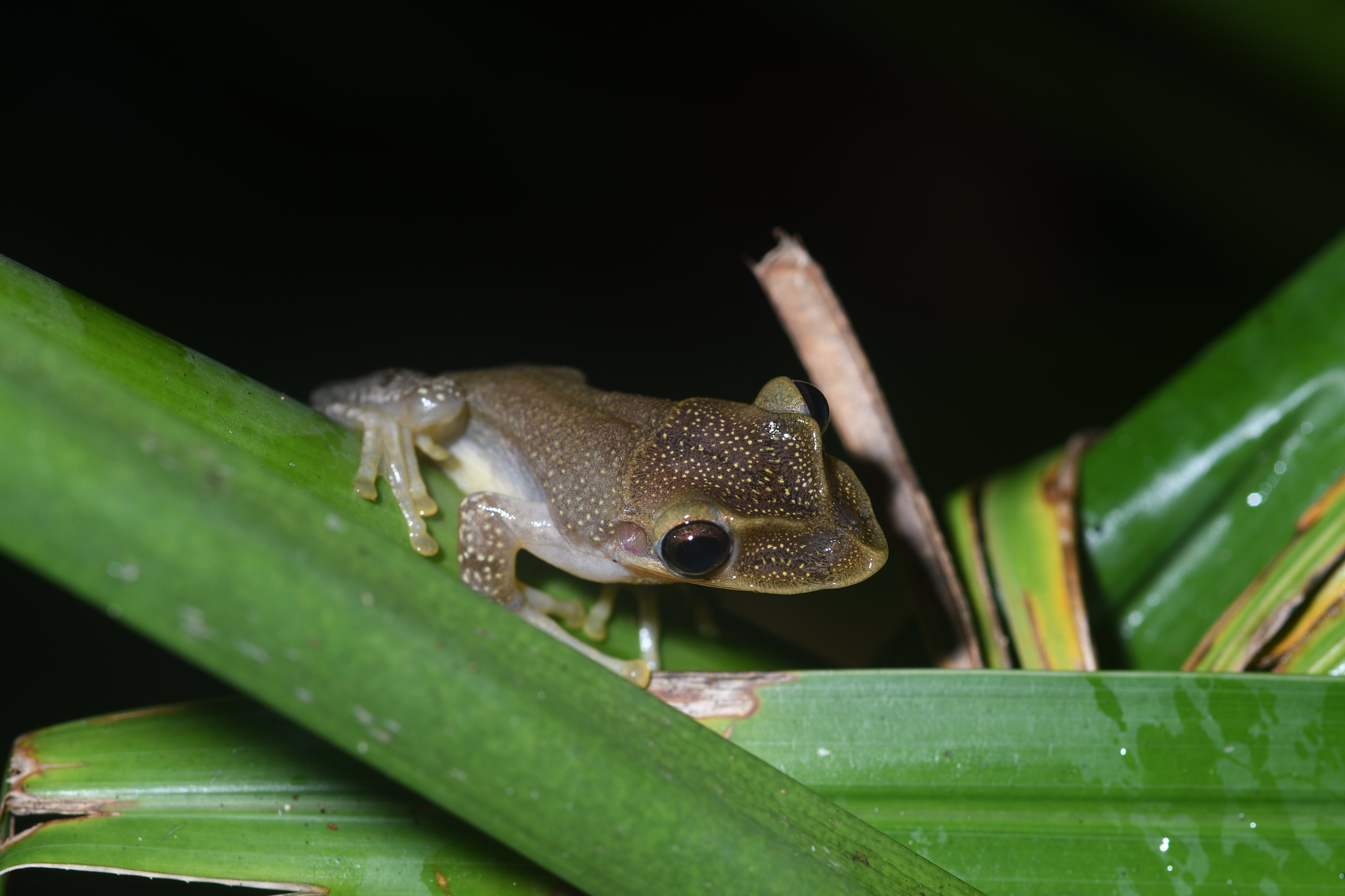
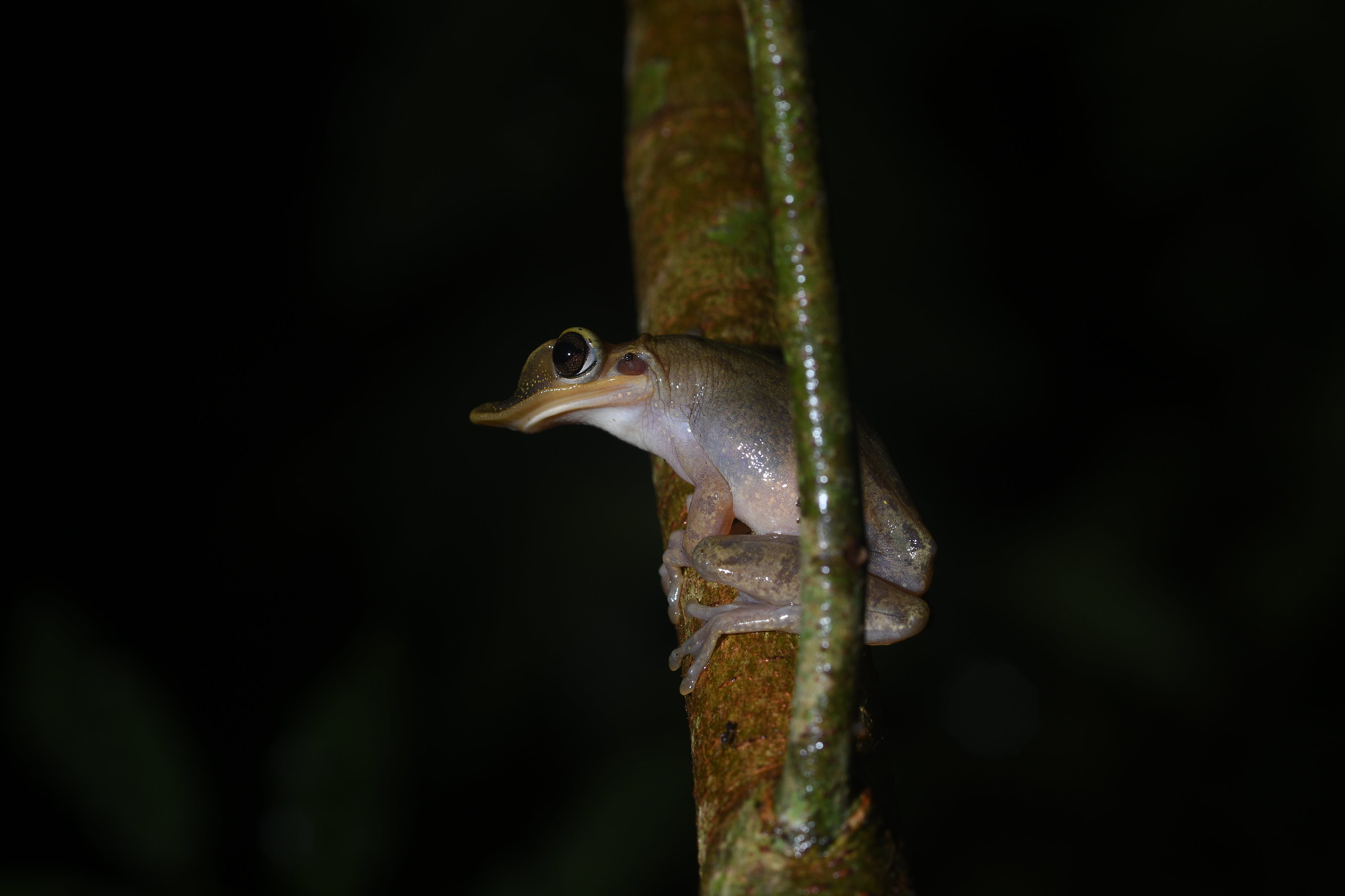
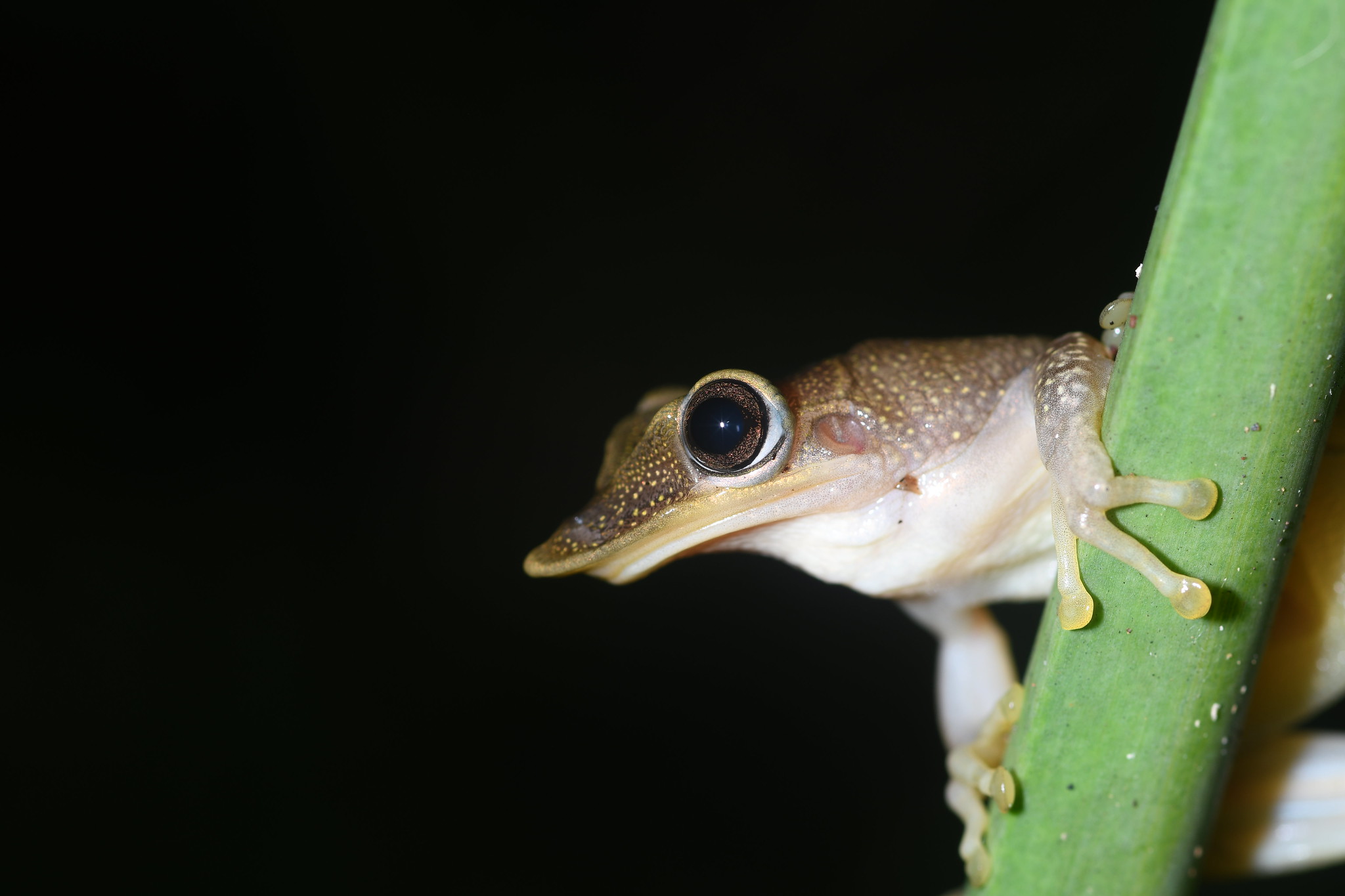
I'd rather pay for preventing the front passenger from reclining into me.